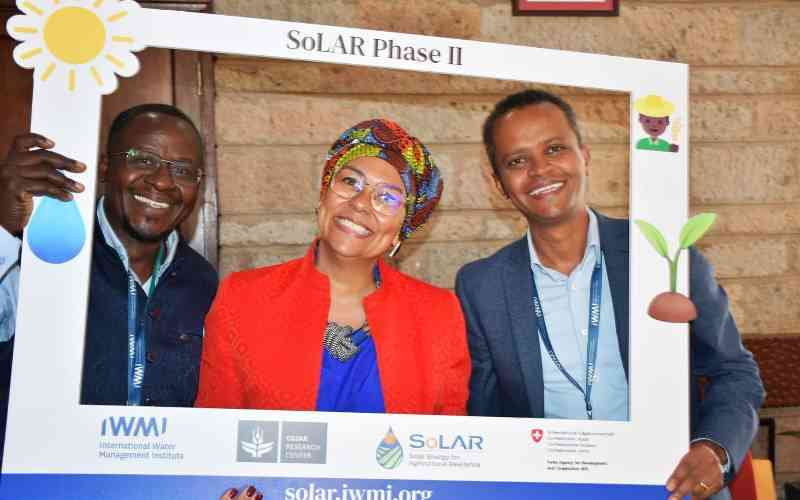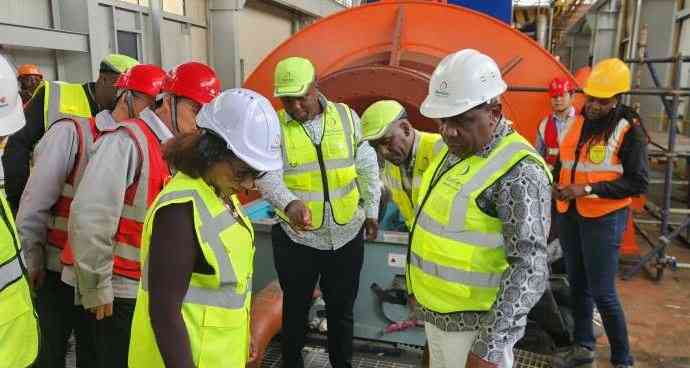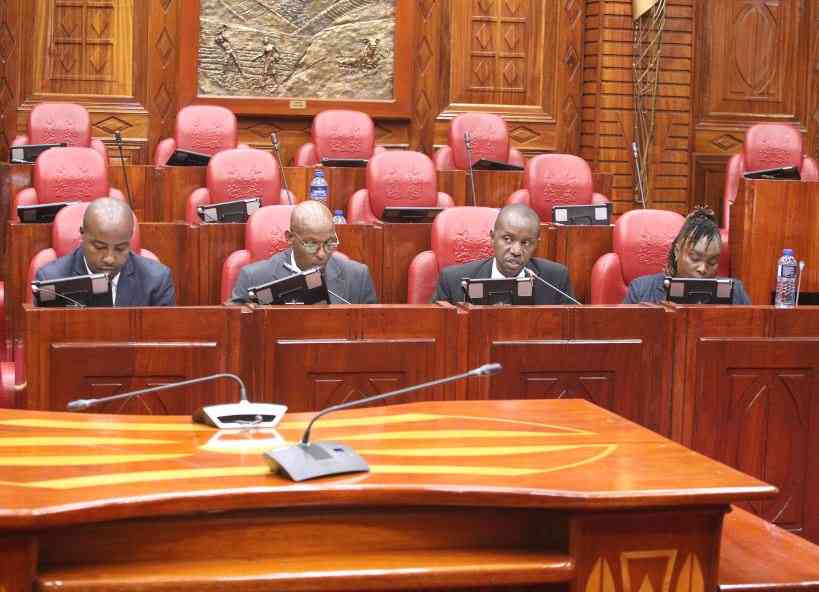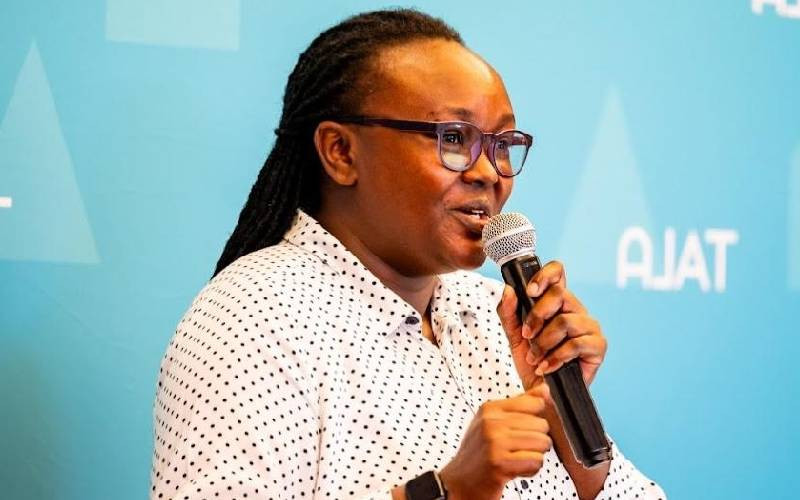
A new regional initiative is banking on solar energy to reshape agriculture and food systems across East Africa, with the aim of improving resilience, reducing post-harvest losses and creating new income opportunities for farmers.
The International Water Management Institute (IWMI), with support from the Swiss Agency for Development and Cooperation (SDC), has launched the second phase of its Solar Energy for Agricultural Resilience (SoLAR) programme, extending operations from South Asia into Kenya and Ethiopia.
Unlike earlier efforts that mainly emphasized solar irrigation, SoLAR II will promote a wider range of renewable energy uses, including solar-powered cold storage, milling, drying and agro-processing. Organizers say these technologies will help farmers cut production costs, reduce food waste and expand access to markets.
“Solar energy has the potential to transform food systems, making them more sustainable, inclusive and climate-resilient,” said Dr Inga Jacobs-Mata, IWMI’s Director of Water, Growth and Inclusion.
“Through SoLAR II, we will work hand-in-hand with governments, private sector actors and communities to create the enabling environment that will allow these technologies to thrive at scale,” he added.
Kenya, which has pledged to irrigate one million acres of land by 2030 under the National Irrigation Sector Investment Plan, is seen as a strategic entry point.
Government officials say the country’s policy frameworks, ranging from Vision 2030 to the Bottom-Up Economic Transformation Agenda, offer fertile ground for scaling solar technologies in farming.
“Kenya’s irrigation potential is 3.3 million acres, while only about 710,000 acres are currently under irrigation,” said Eng. Vincent Kabuti, Irrigation Secretary at the Ministry of Water, Sanitation and Irrigation.
“We have a strong political will and a vibrant private sector to help us achieve our target. What is needed now is coordinated action to bridge policy gaps, expand financing options and raise awareness among farmers.”
Access to finance remains a major barrier to wider adoption of solar-powered systems.
To address this, the initiative is exploring innovative mechanisms, including a Solar4Africa fund, alongside inclusive financing models tailored to women and youth.
The programme will also develop solar suitability maps and decision-making tools to guide governments, investors and development partners.
Capacity-building is another key priority. Through training programmes and living labs, the initiative will encourage farmers, researchers and businesses to co-design and test agro ecological innovations that can be scaled across different landscapes.
Walter Kiprono, Regional Representative of GOGLA East Africa, noted that solar-powered irrigation remains the most established renewable energy application in agriculture, but said the time is ripe to expand into other areas.
“These systems offer scalable solutions tailored to a wide range of users, from smallholder farmers to large-scale commercial operations,” he said.
Stay informed. Subscribe to our newsletter
The programme’s inception workshop in Nairobi brought together government officials, private sector leaders, farmer representatives, researchers, financiers and civil society.
Participants discussed ways to align policies, expand financing mechanisms and strengthen technical capacities to accelerate the uptake of solar technologies in food production.
Organisers emphasized that the success of SoLAR II depends on building partnerships that ensure equitable access to opportunities, especially for women, youth and disadvantaged groups.
For Ethiopia, where agriculture employs more than 65 percent of the population, the program is expected to be equally significant.
“This is not about the government at the national level or the private sector alone,” said Muluken Adamseged Elias, IWMI’s deputy country representative for Ethiopia.
“At the end of the day, we want to make sure this is benefiting smallholder farmers, particularly marginalized groups,” he said.
Proponents also highlight the potential for job creation.
Beyond farmers, solar agriculture could create work for equipment suppliers, technicians, and service providers.
“It’s not only about the farmers, it’s about those who install pumps, maintain them and provide after-sales services,” Muluken said.
By integrating renewable energy into farming and food systems, they said, the region could take a decisive step toward building climate-smart, socially inclusive and financially viable agriculture.







